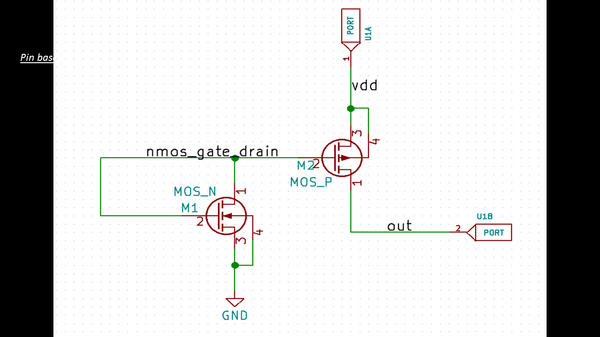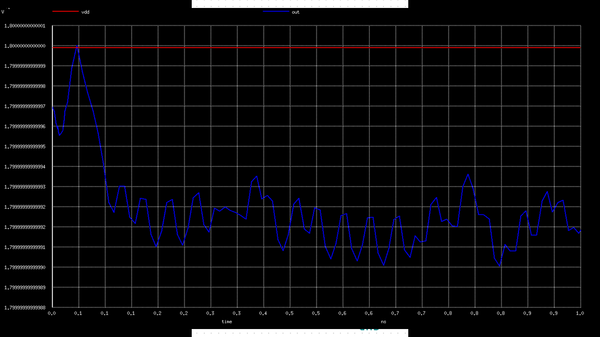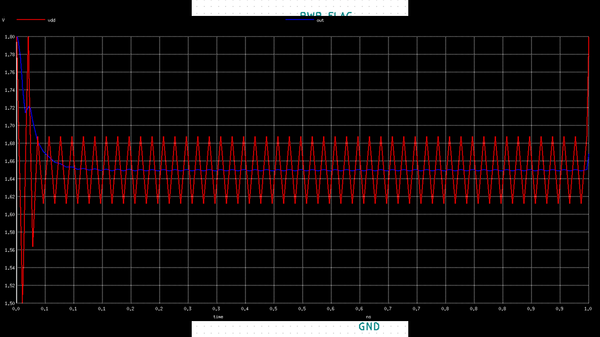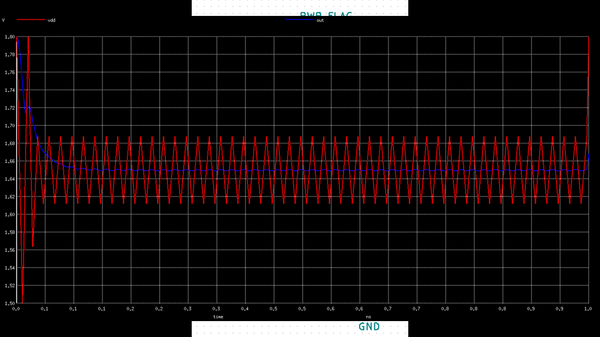With its very few connections and a relatively simple circuit, tie-hi cell is found to be one of the most important place in IC design, thus protecting all your logic gates from the spurious disturbances happening at VDD, normally called as ‘voltage droop’
The general idea is if you know or intend to provide constant logic ‘0’ or logic ‘1’ to any inputs of your gates (for tie-hi, its logic ‘1’), then refrain from directly connecting it to VDD, instead add a tie-hi cell in between VDD and gate static input. Let tie-high receive the VDD and provide a clean output of logic ‘1’ to static input of gate. And there’s proof, that any disturbance in power or VDD line will just be filtered out at output of tie-hi cell, thus protecting your gate oxide from damage
Here’s how your tie-hi cell interiors look like:

You see the connections for NMOS transistor ‘M1’. It forms a strong reverse biased diode whose output goes to PMOS transistor ‘M2’. Now here’s the puzzling waveform at the output port

In all the above text, I was mentioning above a clean, distortion free logic ‘1’, so does the above blue waveform at output contradicts what I mentioned above? No, it doesn’t. The range of distortion is very less, somewhere in pico-volts. Now, what really matters is the distortion in the power supply line, and see the waveform at output port.
Subcribe & Download complete eBookYour email address is 100% safe from spam!
Subcribe & Download complete eBook
Your email address is 100% safe from spam!
Let’s take a worst case scenario, where we distort VDD line, and below is what we see:[bctt tweet=”#TIE- HI CELL” username=”Anagha_Ghosh”]

The ‘red’ waveform at 1.8v is the power supply distortion, famously called as voltage droop. And the ‘blue’ waveform is what you see at the output of tie-high cell. Looking closely at the VDD and tie-hi output, it appears to be something like below:

Now this VDD distortion is on the range of 70mV which is enough to damage ‘gate oxide’. But the variation at the output of tie-hi cell is minimal and so it’s the tie-hi that protects your gate oxide and hence the entire logic cell from being damaged.
Similar functionality and simulations can be derived for tie-low, I will leave that analysis to you….
Now the role of tie-hi reminds me of a wonderful quote from Martin Buber, “All journeys have secret destinations of which the traveler is unaware”. And so is the journey of tie-hi cell!!
Till then, happy learning!!!











































